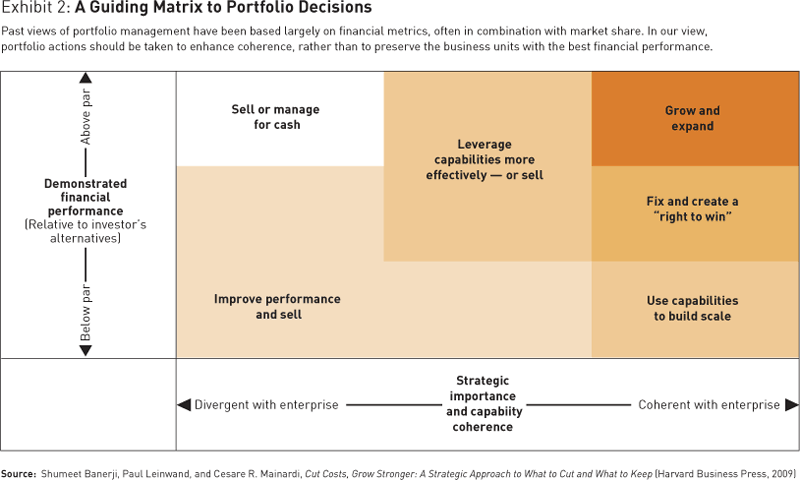An older HBR article talks about Are Companies Protecting the Wrong R&D Investments.
An article in Monday’s Wall Street Journal suggests that many executives understand this dynamic. The Journal found that R&D spending at 28 large U.S. companies dropped a mere 0.7 percent in the dismal fourth quarter of 2008.
Is maintenance of R&D budgets a good thing? We have found a couple of examples (TI and FreeScale) that leveraged the downturn to eliminate low return R&D projects from the pipeline. There is also some evidence that R&D spending does not automatically guarantee profits. This article reinforces that theme – use downturn to evaluate and prune the R&D project pipeline, but do not focus exclusively on near-term projects because that will have a negative long-term impact on competitiveness.
Research by Innosight Board member Clark Gilbert found that when companies perceive a threat, they tend to become very rigid in their response. The very act of “protecting” R&D budgets could lead to high degrees of rigidity, which could lead companies to missing the most important innovation opportunities.
Companies should use today’s tough times as an excuse to critically evaluate their innovation investments. As I argue in Chapter 2 of The Silver Lining (coming next month!), companies need to think about prudently pruning their innovation efforts to focus on ideas with the most potential. Companies should seek to balance focus on near-in opportunities with appropriate investments in exploring new markets that have the potential to be tomorrow’s core business.
While we are on the subject, here is another article suggesting the same thing – Cut Costs, Grow Stronger:
“If you are a corporate leader, you have probably been spending a lot of time lately thinking about costs. In the aftermath of the global economic crisis of 2008–09, the pressure to cut costs — whether driven by cash flow, shareholders, uncertainty, or investment needs — has been extraordinary. Many businesses are struggling to survive. Others, even if they’re doing relatively well, are reducing expenses to make sure they are well prepared for future uncertainties. But there is a positive side to this situation. Dramatic cost cutting gives you a chance to refine or even reformulate your company’s overall strategy. After all, you’re never just cutting costs. You’re making a decision that something is no longer strategically relevant, and that other things are essential to keep. Yes, you may have to lose some product lines and activities, and perhaps some of your employees and customers. You also, however, have the opportunity to help your company grow stronger in the process. We reject the idea that cutting costs in itself makes a business weaker or more limited. To be sure, if you reduce expenses in a panic, or without an eye to strat egy, you could do great harm to your company’s competitiveness. But if you focus on your priorities and on your future potential, cutting costs can be a catalyst for ex actly the change a company needs.
Finally, here is a simple framework that can be a good reminder of what to keep and what to cut:

